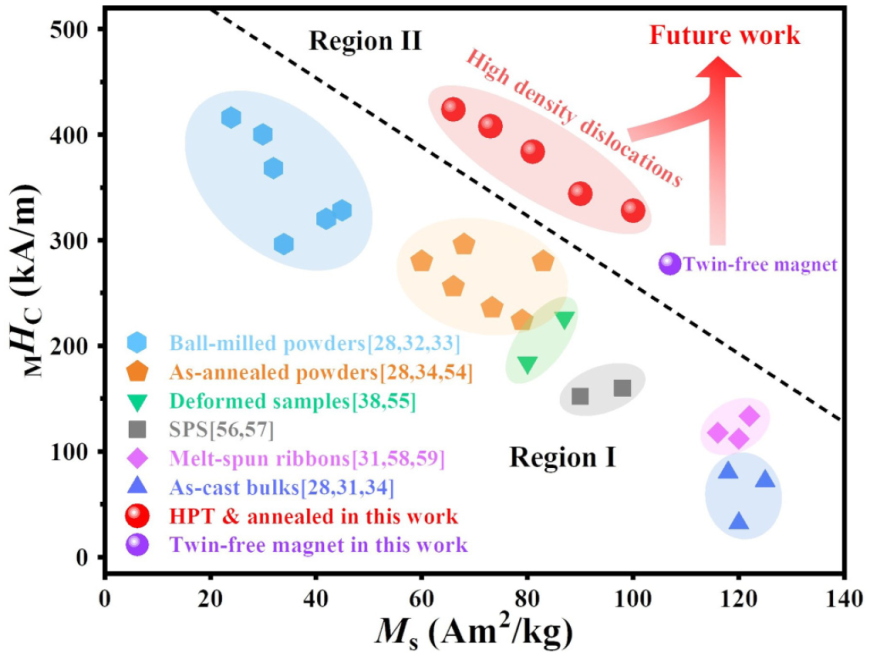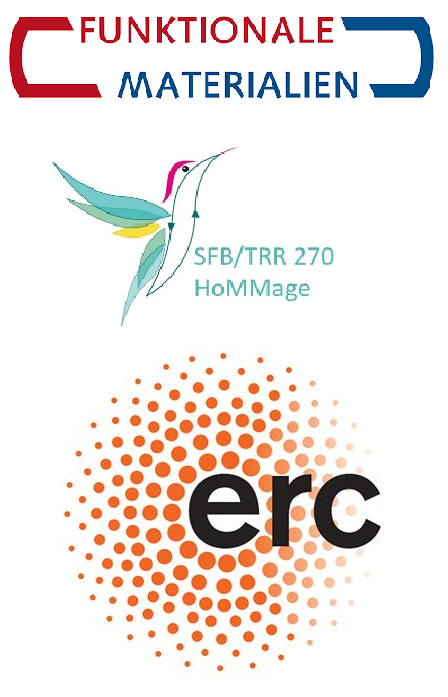Recently published
Editor´s choice: L10 rare-earth-free permanent magnets: The effects of twinning versus dislocations in Mn-Al magnets
2020/10/12

The understanding of the coercivity mechanism responsible for hard magnetic properties of MnAl L10 alloys is still unsatisfactory. The role of microstructural features, such as twinning structure, dislocations and antiphase boundaries in the formation of the highly coercive state is still controversial.
In this paper, in cooperation with Beihang University, Beijing, China, we report on (1) the “negative” effect of twin structure and (2) the “positive” effect of dislocations on the coercivity of L10-MnAl alloys. Based on a comparison between the twin-free and twinned magnets, we have shown that twin boundaries act as initial nucleation sites of the reversal magnetic domains and reduce the coercivity by 50%. In contrast, dislocations formed by high pressure torsion act as a “strong” pinning centers of domain wall motion, increasing the coercivity up to 424 kA/m. Thus, the combination of (1) eliminating twin structure and (2) introducing high-density dislocations will overcome the present bottleneck in magnetic performance of MnAl L10 alloys and set up a pathway to accelerate an industrial application of these resource efficient Rare-Earth-free permanent magnets.



